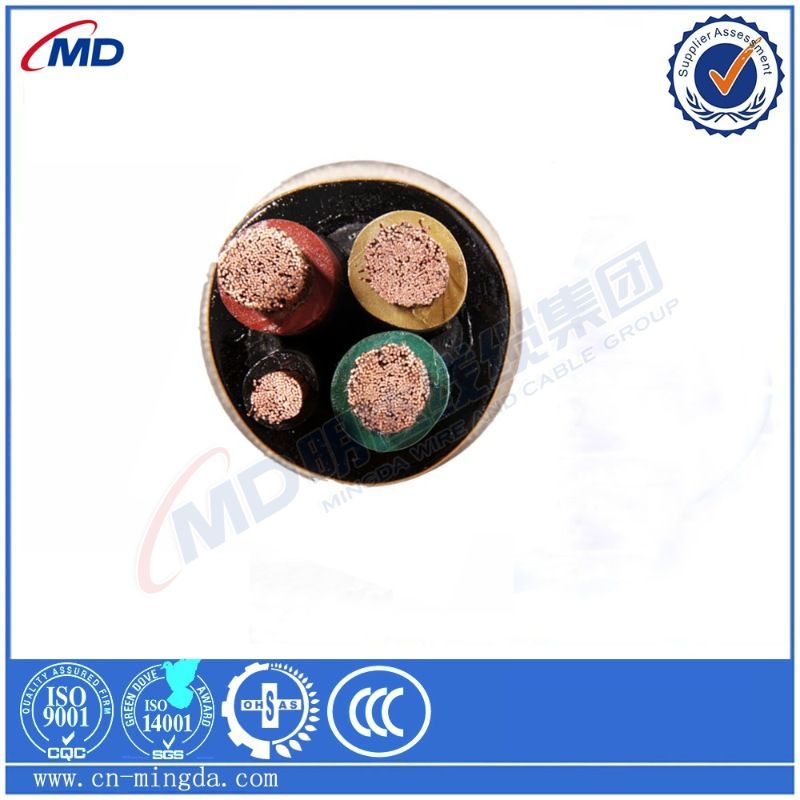Sep . 26, 2024 05:23 Back to list
metal seat gate valve
Metal Seat Gate Valve An Overview
In the realm of fluid control systems, the metal seat gate valve plays a critical role across various industries. Its robust construction and effective sealing capabilities make it an ideal choice for applications requiring excellent durability and reliability. This article provides a comprehensive overview of the metal seat gate valve, covering its design, functionality, advantages, and applications.
Design Features
The metal seat gate valve is designed with a wedge-shaped gate that operates vertically. When the valve is opened, the gate is lifted from the seat, allowing fluid to flow through. Conversely, when the valve is closed, the gate descends, sealing against the metal seat to prevent any leakage. The two primary components of this valve type include the body and the gate, both typically made from high-strength alloys that can withstand high pressure and temperature.
The metal seat itself is often machined to achieve precise tolerances, ensuring a tight seal and minimizing the risk of leakage. This feature is particularly crucial for applications involving aggressive fluids or extreme conditions, where reliability is paramount. Additionally, the stem and operator mechanism are designed to facilitate easy manual or automated control, enhancing user convenience.
Functionality
Metal seat gate valves function primarily as on/off devices, providing a straightforward mechanism for controlling fluid flow. Unlike other valve types, such as ball valves or globe valves, the gate valve is designed for minimal pressure drop when fully open. This feature makes it suitable for applications where maintaining a constant flow rate is essential.
When it comes to fluid flow control, the gate valve’s design allows for a full bore passage. This characteristic means that when the valve is in the open position, the fluid can flow without obstruction. However, it should be noted that the gate valve is not ideal for throttling purposes; its primary function is to either fully permit or fully restrict fluid movement.
Advantages
metal seat gate valve

There are several advantages to using metal seat gate valves. First and foremost is their durability. The metal seat can withstand higher pressures and temperatures compared to non-metal alternatives, making them suitable for heavy-duty applications in industries such as oil and gas, power generation, and chemical processing.
Another significant benefit is the ability to maintain a tight seal, which minimizes operational losses and enhances system efficiency. The longevity of the metal seat also contributes to reduced maintenance costs, as these valves typically require less frequent replacement compared to rubber or plastic seated counterparts.
Moreover, the low actuation torque relative to other valve types means that metal seat gate valves are easier to operate, reducing wear on control mechanisms and enhancing lifespan.
Applications
The robust nature of metal seat gate valves allows them to be employed in various applications. In the oil and gas sector, they are commonly used in pipelines, refineries, and storage facilities due to their ability to withstand corrosive materials and extreme conditions. Similarly, in power plants, these valves are essential for regulating steam and water flow, contributing to the overall efficiency of the energy generation process.
Moreover, in the chemical industry, where fluid composition can vary dramatically, the resilience of the metal seat provides a reliable solution for handling various substances without degradation over time.
Conclusion
In summary, the metal seat gate valve stands out as a vital component in the fluid control domain. Its combination of robust construction, efficient sealing capabilities, and versatile applications make it a preferred choice for many industries. Understanding the nuances of this valve type can help engineers and technicians select the appropriate solution for their specific operational needs, ensuring reliability and efficiency in their fluid management systems.
Share
-
Reliable Wafer Type Butterfly Valves for Every IndustryNewsJul.25,2025
-
Reliable Flow Control Begins with the Right Ball Check ValveNewsJul.25,2025
-
Precision Flow Control Starts with Quality ValvesNewsJul.25,2025
-
Industrial Flow Control ReliabilityNewsJul.25,2025
-
Engineered for Efficiency Gate Valves That Power Industrial PerformanceNewsJul.25,2025
-
Empowering Infrastructure Through Quality ManufacturingNewsJul.25,2025